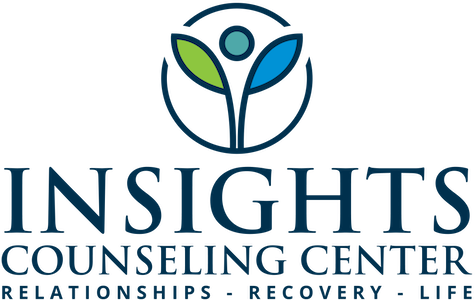Regulating Together: How Co-Regulation Supports Secure Attachment
When it comes to emotional safety in relationships, communication matters—but so does your nervous system. Long before we can reach for a Gottman tool or express our needs with clarity, our body is already speaking. And often, it’s saying: I’m overwhelmed. I’m bracing. I don’t feel safe.
This is where co-regulation becomes essential.
In couples therapy, we help partners build emotional attunement. But for some, especially those with trauma, anxiety, or nervous system sensitivity, being emotionally present isn’t just a skill—it’s a physiological process.
That’s why co-regulation, and sometimes neurofeedback, can be powerful tools to support secure attachment.
What Is Co-Regulation?
Co-regulation is the ability to help each other return to a state of emotional balance through presence, tone, and rhythm. It’s what a caregiver does for a distressed baby—but adults need it too.
In couples, this might look like:
A calming touch when one person starts to escalate
A soft voice that helps de-escalate shame
Holding eye contact through conflict, not with pressure—but with care
Regulating your own breathing to help your partner feel more grounded
It’s not about fixing. It’s about helping your partner feel felt.
Why Emotional Safety Is a Body Experience
For many couples, the problem isn’t that they don’t love each other. It’s that their nervous systems are stuck in survival mode. That’s especially true when there’s been trauma, betrayal, or long-standing conflict. In those moments:
One partner might feel emotionally flooded and shut down.
The other may escalate to seek reassurance and end up triggering panic.
Both walk away feeling misunderstood and unsafe—even when intentions were good.
When your body is activated, words don’t land the same way. Repair feels out of reach. And old wounds start to run the show.
Where Neurofeedback Can Help
For some couples, co-regulation is difficult because one or both partners have a chronically dysregulated nervous system. That’s where neurofeedback can complement therapy. At Insights, we use neurofeedback to support emotional regulation, reduce reactivity, and help clients build a more responsive internal system.
When the brain becomes more flexible and less stuck in hypervigilance or collapse, it becomes easier to:
Stay present during conflict
Receive a partner’s repair attempt
Notice your own emotional cues before reacting
Offer attunement instead of defensiveness
You still have to do the relational work—but neurofeedback can help your brain stay online while you do it.
Co-Regulation Is a Skill, Not a Personality Trait
It’s okay if this doesn’t come naturally. Many people didn’t grow up with models of calm, attuned connection. Some grew up with chaos or silence. Some were taught to disconnect from their own needs just to keep the peace.
In therapy, we help couples learn:
How to recognize nervous system signals in themselves and each other
When to pause a conversation to re-regulate before re-engaging
How to create rituals of connection that offer safety, not pressure
What it looks like to be emotionally available—not perfect, but present
Safety Doesn’t Mean Nothing Bad Ever Happens—It Means We Know How to Come Back
Whether you’re navigating betrayal, chronic stress, or just the wear-and-tear of daily life, your body is part of your relationship. And when both partners learn how to co-regulate, the relationship becomes a place of emotional restoration—not just reaction.
At Insights Counseling Center, our couples therapists and neurofeedback team work together to support emotional safety from the inside out. If you’re ready to feel calmer in your relationship—and more connected to the one you love—we’re here to help.

